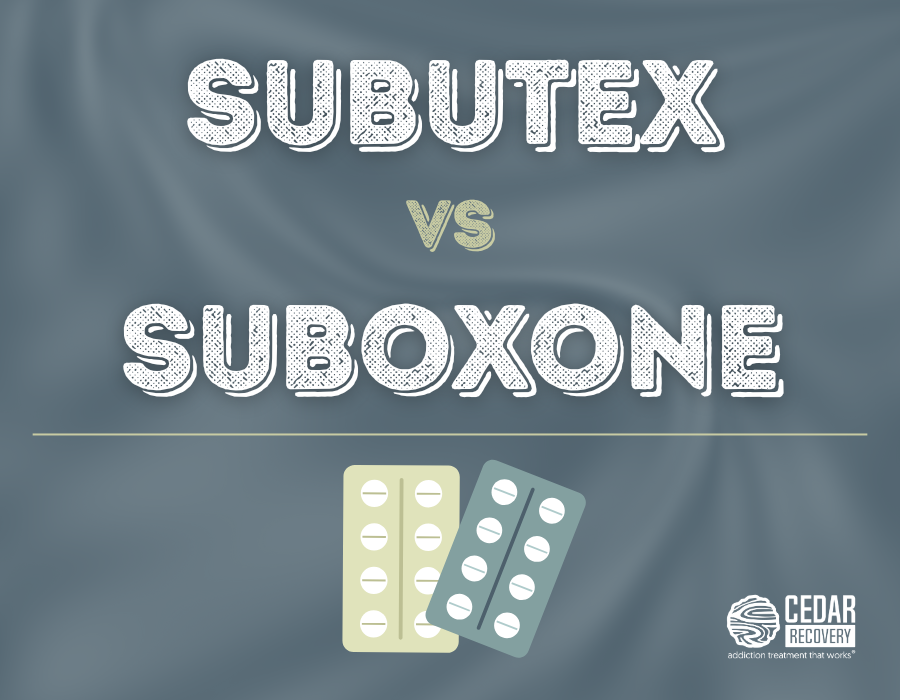Starting recovery is one of the bravest decisions a person can make. The first 30 days can feel overwhelming, but they also set the foundation for long-term healing. Knowing what to expect helps people and their loved ones prepare for challenges—and celebrate progress.
Here’s an overview of what typically happens in the first month of recovery and how to navigate it with support and hope.

Week 1: Detox, Withdrawal, and Stabilization
The first week of recovery often brings the most intense physical and emotional symptoms. For individuals with opioid use disorder (OUD), this may include withdrawal symptoms such as:
- Anxiety, irritability, or restlessness
- Sweating, chills, or flu-like feelings
- Trouble sleeping
- Muscle aches and stomach discomfort
- Cravings for opioids
This stage is challenging, but it’s also where Medication-Assisted Treatment (MAT) can make a huge difference. Medications like Suboxone or Methadone help manage cravings and withdrawal safely, giving patients a more stable start.
Week 2: Adjusting to a New Routine
By the second week, many patients begin to stabilize physically. Cravings may still appear, but with MAT and supportive counseling, they’re often more manageable.
This is also the stage where creating structure and accountability becomes crucial:
- Attending regular appointments or group therapy sessions
- Establishing a consistent sleep schedule
- Learning coping skills to manage stress without substances
- Staying connected with supportive friends, family, or peers
At Cedar Recovery, many patients in this stage benefit from counseling and peer support, both of which strengthen commitment to recovery.
Week 3: Emotional and Mental Health Shifts
The third week often brings deeper emotional changes. Without substances numbing feelings, emotions can feel raw or overwhelming. It’s common to experience:
- Mood swings or irritability
- Anxiety or depression
- Feelings of doubt or fear about recovery
This is where therapy and support groups are especially valuable. Behavioral therapy, such as Cognitive Behavioral Therapy (CBT), helps patients identify negative thought patterns and replace them with healthier coping strategies.
Week 4: Building Confidence and Looking Ahead
By the fourth week, many people start to notice positive changes:
- Improved sleep and appetite
- Better physical health and energy
- Greater clarity of thought
- Renewed hope for the future
It’s also when patients begin building a long-term recovery plan. This may include ongoing MAT, continued counseling, or connecting with community support. For some, telehealth options like Studio Health make it easier to stay on track.

Supporting a Loved One in the First 30 Days
If someone you love is starting recovery, your support matters. Here’s how you can help:
- Be patient. Recovery is a process, not an overnight change.
- Encourage treatment. Help them stay connected with counseling and MAT.
- Listen without judgment. Sometimes, being present matters more than advice.
- Take care of yourself too. Support groups for families can be a valuable resource.
The Role of MAT in Early Recovery
The first 30 days are often when people are at the highest risk of relapse. This is why MAT is considered the gold standard for treating opioid addiction. Medications like buprenorphine and methadone reduce cravings and withdrawal symptoms, while therapy and peer support build the emotional resilience needed to stay on track.
Cedar Recovery integrates MAT with counseling and peer support to help patients feel better, get better, and stay better—from day one and beyond.
A Path Forward
The first 30 days of recovery are full of challenges, but they’re also full of hope. With the right support, structure, and treatment, individuals can move from surviving day-to-day to building a life filled with stability and purpose.
Seeking Treatment at Cedar Recovery
If you or a loved one is starting recovery, Cedar Recovery can help. Our MAT programs with Suboxone or methadone are combined with counseling and peer support, all delivered in a compassionate, judgment-free environment.
At Cedar Recovery, we know that recovery is possible. Our MAT program combines trusted medications with counseling and compassionate care to help patients build a healthier future. Take the first step today—you are not alone.
References
- National Institute on Drug Abuse. (2024). Treatment and Recovery. https://nida.nih.gov
- Substance Abuse and Mental Health Services Administration. (2024). Medication-Assisted Treatment (MAT). https://www.samhsa.gov/medication-assisted-treatment
- Centers for Disease Control and Prevention. (2024). Opioid Basics. https://www.cdc.gov/drugoverdose/opioids




